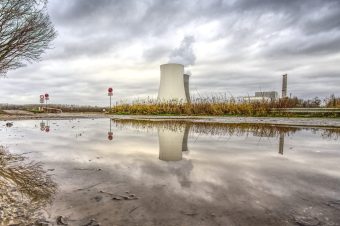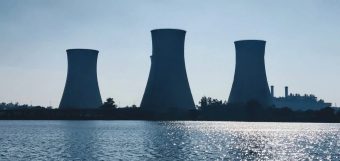
China, like the rest of the world, is facing an increasing demand for electricity, largely driven by rapid industrial development. Coal has dominated and continues to dominate China’s energy sector, providing more than half of the country’s total electricity production. However, considering environmental challenges and international commitments, China has set ambitious goals to have 20 percent of its primary energy consumption come from non-fossil sources by 2030. Nuclear energy, particularly in the coastal regions of the country, has become a key player in this energy transition.
China’s Five-Year Plan (2021-2025) envisions a significant increase in nuclear capacity to 70 GW by the end of 2025, highlighting the strategic role of nuclear energy in the country’s energy future. Recently, an additional five nuclear energy projects were approved, which will bring 11 new reactors.
Today, China possesses its own advanced nuclear technology, the result of years of technology transfer and cooperation, which it uses both for domestic needs and export. The Hualong One reactors, which have become a significant export product since 2015, symbolize China’s progress in this field.
One of the new projects in China’s nuclear sector is currently underway in Jiangsu Province, where the China National Nuclear Corporation (CNNC) is developing the world’s first power plant that combines a high-temperature gas-cooled reactor and pressurized water reactors. This plant will not only generate electricity but also significantly contribute to industrial heating, supplying 32.5 million tons of industrial steam annually, according to World Nuclear News.
More:
- How can Nuclear Techniques Improve Food Safety?
- Where is Germany Today, One Year After Going Nuclear?
- French Reactors to Switch to Domestic Recycled Uranium?
Additionally, it is expected to produce more than 11.5 billion kilowatt-hours of electricity, reduce coal usage by 7.26 million tons, and lower carbon dioxide emissions by 19.6 million tons annually. Thus, two Hualong One pressurized water reactors and one high-temperature gas-cooled reactor are planned for this site.

In addition to this project, China General Nuclear (CGN) plans to build several new nuclear reactors in different parts of the country. Two Hualong One reactors will be built in one plant in Shandong, while two CAP1000 reactors will be installed in another plant in Guangdong. Furthermore, two more Hualong One reactors will be constructed in a plant in Zhejiang, a province where several companies signed trade agreements with Serbia earlier this year.
The State Power Investment Corporation (SPIC) also plays a key role in expanding China’s nuclear capacity. Their latest project includes the construction of two CAP1000 reactors as part of the first phase of a nuclear power plant in Guangxi. Completion is planned within just over four and a half years, with additional capacities, including four CAP1400 reactors, planned in future phases.
China’s nuclear sector has seen stable and continuous growth. From 2019 to 2023, the number of newly approved reactors has steadily increased, indicating positive and secure development in this sector. Currently, China has 56 operational nuclear reactors with a total capacity of 54.3 GW, while an additional 30 reactors, with a total capacity of 32.5 GW, are under construction.
Energy portal

